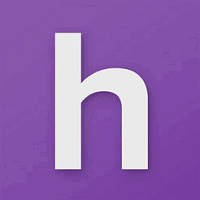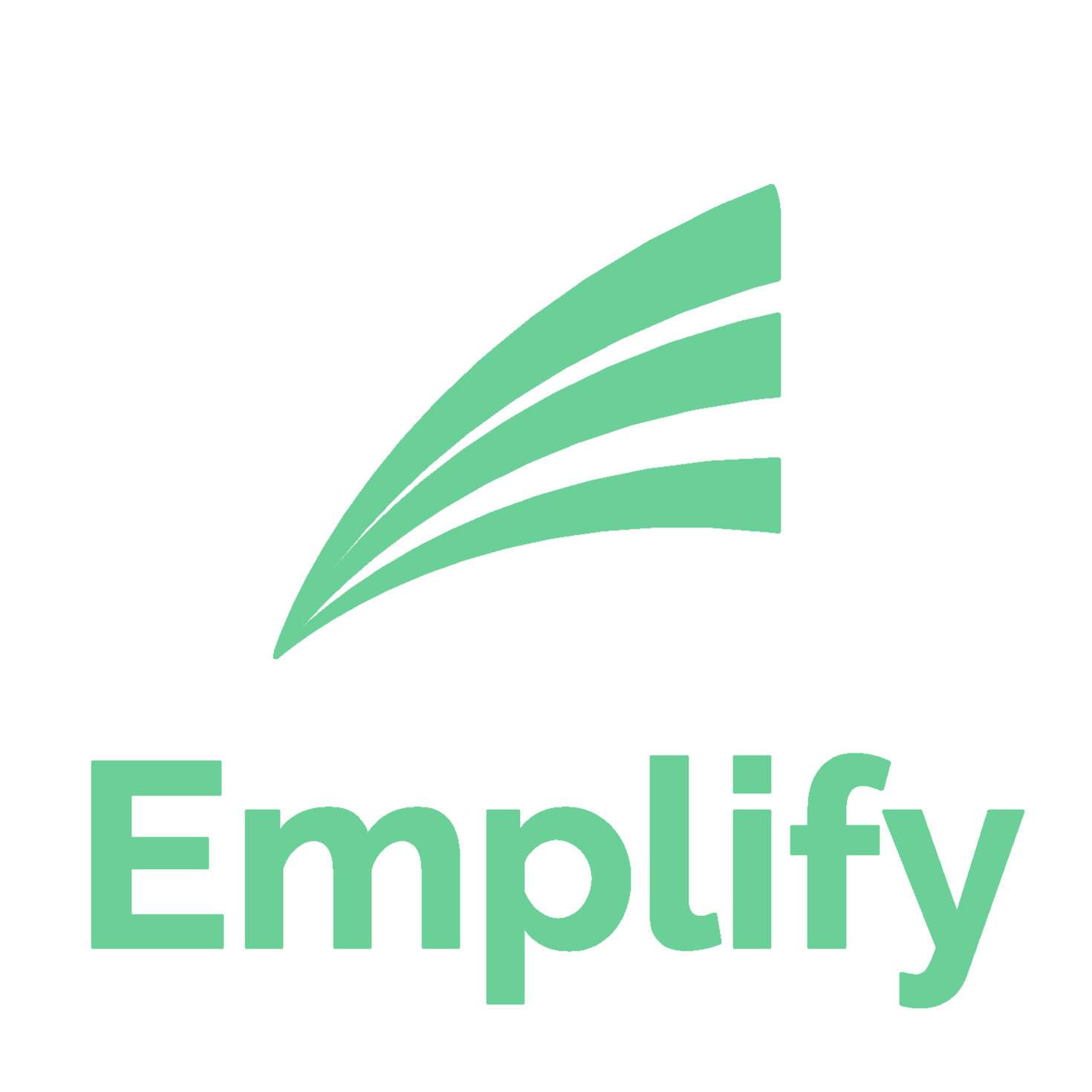Description

Calamari

Homebase
Comprehensive Overview: Calamari vs Homebase
Calamari and Homebase Overview
Calamari and Homebase are both software solutions designed to help businesses manage and streamline their workforce operations, specifically focusing on time tracking, attendance, and human resources management. Although they share some similarities, they target slightly different markets and have unique features that set them apart.
a) Primary Functions and Target Markets
Calamari:
- Primary Functions: Calamari is a human resources management tool that focuses on two main functionalities: time and attendance tracking and leave management. It provides features like clock in/out through QR codes and beacons, leave request management, scheduling, and integration with various HR and project management systems.
- Target Markets: Calamari mainly targets small to medium-sized enterprises (SMEs) that need a simple yet effective system for managing time tracking and leave management. It is also suitable for remote teams and businesses that operate in multiple locations.
Homebase:
- Primary Functions: Homebase provides a comprehensive suite of tools for time tracking, scheduling, team communication, hiring, and payroll integration. It includes features such as employee scheduling, time clocks, labor cost forecasting, and team messaging.
- Target Markets: Homebase primarily targets retail, hospitality, and service businesses, especially those with hourly employees. It is widely used by small to medium-sized businesses like restaurants, cafes, retail shops, and service-oriented companies.
b) Market Share and User Base
- Calamari: While specific market share data for Calamari may not be publicly available, it has a relatively smaller user base compared to Homebase. It is popular among businesses looking for dedicated time and attendance solutions, particularly in the European market.
- Homebase: Homebase has a larger user base largely due to its focus on businesses with hourly workers in the U.S. market. It is one of the more popular choices for small to medium-sized businesses in service sectors, with thousands of companies using its platform.
c) Key Differentiating Factors
-
Feature Set:
- Calamari is more focused on HR functionalities, specifically leave management and attendance tracking, with strong integration capabilities. It is ideal for companies looking for specialized time management and leave solutions, especially those working across multiple locations or with remote teams.
- Homebase, on the other hand, provides an all-in-one platform that includes not just scheduling and time tracking, but also hiring and team communication tools. It offers more comprehensive solutions for businesses that need more than just time tracking and are managing hourly workers.
-
Ease of Use and Onboarding:
- Calamari is known for its straightforward setup and ease of use, particularly benefiting companies needing rapid deployment for remote teams.
- Homebase is also user-friendly but provides a more extensive toolset that may require a slightly more involved onboarding process.
-
Industry Focus:
- Calamari focuses more broadly across different industries, including tech companies and SaaS businesses, due to its robust integration capabilities.
- Homebase specifically targets industries with hourly employees, such as retail and hospitality, where employee scheduling and communication are crucial.
-
Pricing Models:
- Calamari typically offers a modular pricing approach, allowing businesses to choose features based on their needs.
- Homebase often provides a freemium model with additional paid tiers, making it accessible for small businesses looking to scale their usage as needs grow.
Overall, the choice between Calamari and Homebase would largely depend on the specific needs of a business, the industry in which they operate, and whether they require a specialized or more generalized workforce management solution.
Contact Info

Year founded :
2014
Not Available
Not Available
Spain
Not Available

Year founded :
1986
Not Available
Not Available
United States
Not Available
Feature Similarity Breakdown: Calamari, Homebase
Calamari and Homebase are popular tools used by businesses for managing employee schedules and other HR functions. Let's break down their features and interfaces:
a) Core Features in Common
-
Employee Scheduling: Both platforms offer robust employee scheduling capabilities, allowing managers to create, edit, and share schedules with staff easily.
-
Time Tracking: They provide time tracking functionalities to record employee hours worked, which can integrate with payroll systems.
-
Leave Management: Calamari and Homebase feature leave management options, enabling employees to request leave and managers to approve or deny requests digitally.
-
Mobile Access: Both have mobile apps that permit employees and managers to access schedules, submit leave requests, and track time conveniently from smartphones.
-
Notifications and Reminders: They send notifications and reminders for shifts, time-off requests, and schedule changes to keep employees informed.
-
Integration Capabilities: Both tools integrate with various third-party applications such as payroll systems and other HR solutions for streamlined operations.
b) User Interface Comparison
-
Calamari: Known for its clean and intuitive interface, Calamari provides a straightforward user experience with a focus on simplicity and ease of navigation. The design is minimalistic, which helps in reducing the learning curve for new users.
-
Homebase: Offers an equally user-friendly interface but includes more vibrant colors and interactive elements. Its dashboard is designed for clarity with easy access to essential features like schedules, shifts, and time cards.
Overall, both platforms prioritize user experience, but Calamari leans towards a more minimalist aesthetic, whereas Homebase offers a more engaging and visually dynamic interface.
c) Unique Features
-
Calamari:
- Geolocation Tracking: Enables location-based attendance tracking, which is beneficial for businesses with mobile or field employees.
- QR Codes for Attendance: Offers QR code scanning to manage employee check-ins and check-outs, adding a layer of security and efficiency to time tracking.
-
Homebase:
- Team Communication Tools: Includes built-in messaging features allowing teams to communicate and collaborate directly within the platform, reducing the need for separate communication tools.
- Hiring and Onboarding: Offers features that assist with the hiring process, including job posting and managing applicants, alongside onboarding functionalities to integrate new employees smoothly.
Both platforms have a range of features that cater to different business needs. The choice between the two can largely depend on specific requirements such as the need for communication tools or geolocation tracking.
Features

Not Available

Not Available
Best Fit Use Cases: Calamari, Homebase
Calamari and Homebase both offer solutions for managing workforce aspects like attendance and scheduling, but they cater to different types of businesses, projects, and scenarios. Here’s a breakdown of their best fit use cases:
Calamari
a) Types of businesses or projects for optimal use:
-
Medium to Large Enterprises: Calamari is well-suited for companies looking for an advanced leave and attendance management system. Its capabilities are robust enough to handle complex organizational structures.
-
Remote and Distributed Teams: Businesses with remote employees benefit greatly from Calamari’s integration with communication tools like Slack and Google Workspace, which facilitate tracking and managing remote work.
-
Companies with Diverse IT Environments: Given its wide range of integrations with various HR and project management tools, Calamari is ideal for companies needing interconnectivity across platforms.
-
Projects Requiring Comprehensive Leave Management: Calamari excels in scenarios where detailed leave tracking is essential, such as in companies with complex leave policies or international operations.
d) Industry verticals and company sizes:
-
Tech and Software Development: The use of integrations and flexible configurations makes it ideal for tech companies.
-
Consulting Firms and Agencies: Where remote work and project-based tasks require tracking time and attendance meticulously.
-
Educational Institutions: Schools and universities with variable schedules can have their specific needs met through customizable workflows.
Homebase
b) Scenarios for preferred use:
-
Small Businesses and Startups: Homebase is particularly advantageous for small businesses because it offers a straightforward, user-friendly platform for time tracking and shift scheduling.
-
Hourly Workforce Management: Homebase shines in environments where employees are paid hourly, as its scheduling features are designed to maximize shift efficiency and compliance with labor laws.
-
Retail and Hospitality Sectors: Given the nature of shift work in these industries, Homebase’s scheduling tools make it an appealing choice for managing staff in restaurants, cafes, and retail stores.
-
Businesses Needing an Affordable Solution: Homebase offers a strong set of features at a lower cost, which is ideal for businesses with tight budgets.
d) Industry verticals and company sizes:
-
Hospitality and Retail: Given its strength in scheduling and compliance tools, it caters well to these sectors where managing fluctuating staffing levels is crucial.
-
Small to Medium-sized Enterprises (SMEs): Homebase is designed to be accessible and affordable, making it a good fit for SMEs that need efficient but straightforward staff management solutions.
-
Service-oriented Businesses: Hair salons, health clinics, and other service-based operations can benefit from Homebase’s ease of scheduling and communication features.
In summary, Calamari is better suited for larger, tech-savvy businesses with complex needs, while Homebase is ideal for smaller businesses in the service sector that require cost-effective and efficient shift scheduling solutions. Each product tailors its features to meet the distinct needs of different industries and business sizes.
Pricing

Pricing Not Available

Pricing Not Available
Metrics History
Metrics History
Comparing undefined across companies
Conclusion & Final Verdict: Calamari vs Homebase
To reach a conclusion and final verdict for Calamari and Homebase, both of which are employee management and time-tracking solutions, it is essential to weigh various factors such as features, pricing, usability, scalability, and customer support. Here's a breakdown of these considerations:
a) Best Overall Value
Considering all factors, Homebase generally offers the best overall value for small to medium-sized businesses seeking a comprehensive, user-friendly solution that covers scheduling, time tracking, and basic HR needs. Homebase offers a robust free tier for small teams, which is appealing for budget-conscious businesses.
b) Pros and Cons
Calamari:
-
Pros:
- Strong emphasis on time tracking and leave management, making it ideal for businesses focused on compliance and detailed monitoring.
- Integration with a wide range of third-party applications, which is beneficial for businesses that rely on other tools.
- Intuitive user interface and dedicated mobile app functionality, allowing for easy usage on the go.
-
Cons:
- Slightly higher cost, particularly if you require additional features beyond the core offerings.
- Does not include comprehensive employee scheduling tools, which might necessitate additional software.
Homebase:
-
Pros:
- Robust free version that supports scheduling, time clocks, and team communication, making it suitable for small businesses or teams.
- Easy-to-use interface tailored for both employees and managers, reducing the learning curve.
- Excellent customer support, including live chat and detailed help documentation.
-
Cons:
- Advanced features such as labor cost reporting and applicant tracking are restricted to higher-tier paid plans.
- May not provide as detailed time-tracking capabilities as Calamari, which could be a downside for businesses needing extensive audit trails.
c) Recommendations
For users deciding between Calamari and Homebase, here are some recommendations:
-
Choose Calamari if:
- Your primary focus is on detailed time tracking and leave management with flexible integration options.
- You need advanced compliance and policy features, particularly for businesses operating in multiple countries.
-
Choose Homebase if:
- You're a small to medium-sized enterprise focused on scheduling, basic HR management, and team communication at minimal costs.
- You prefer having everything in one platform without needing advanced integration into other complex systems.
Final Verdict:
While both Calamari and Homebase present valuable solutions, Homebase stands out as the more versatile option for small businesses looking for an all-in-one scheduling and management solution without incurring substantial costs. However, for organizations where detailed time management and leave tracking are paramount, Calamari could prove to be the better investment. Evaluate the specific needs of your organization to determine which tool aligns most closely with your operational goals.
Add to compare
Add similar companies



